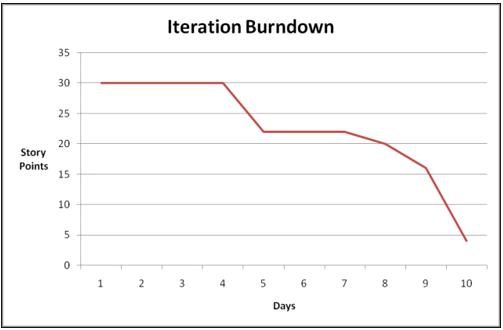Agile實務(Practices)的調查
The Big Agile Practices Survey
http://www.noop.nl/2009/04/the-big-agile-practices-survey.html
這裡有一份Agile practices的調查報告. 作者認為他主要關心以下事情
1. 什麼實務對agile專案是最重要的
Agile實務(Practices)的調查
The Big Agile Practices Survey
http://www.noop.nl/2009/04/the-big-agile-practices-survey.html
這裡有一份Agile practices的調查報告. 作者認為他主要關心以下事情
1. 什麼實務對agile專案是最重要的
Agile好書大集合
Overview of Agile Project Management, Scrum etc.
1. Agile Software Development with Scrum
- Let this be the first 'Scrum' book you read!
2. Agile Project Management with Scrum
理想的iteration長度
Ideal Iteration Length
http://www.infoq.com/news/2009/03/ideal-iteration-length
Mar 31, 2009
Posted by Vikas Hazrati
Published in InfoQ.com
在XP中經理人與程式設計師的權利
Extreme Progamming - Installed
Author: Ron Jefries, Ann Anderson, Chet Hendrickson
Translator: 范綱志
Chapter 1 極致軟體製程
Agile 相關好書
我想大家應該都知道, 前一陣子有出一本有關agile testing的好書:
Agile Testing: A Practical Guide for Testers and Agile Teams
雖然我知道它是signature series, 但是Kent Back和Martin Fowler都沒有廣告他們. 後來才發現它其實是Mike Cohn所出的signature series.
他一共有四本書, 除了agile testing外, 其他三本即將快要出版. 分別列出如下:
1. Agile Game Development with Scrum
目前我們仍然跟的上進度嗎?
Agile development - is our iteration on track?
http://blog.huddle.net/agile-development-is-our-iteration-on-track
29, Jan, 2009
Posted by Colin
Published in huddle
十件你所不知道有關Agile Development的事
March 2009
Posted by Jeffery Oayne
Published in Better Software
1. 敏捷才是目標
- The debate about what development practices practices are or are not agile is moot
